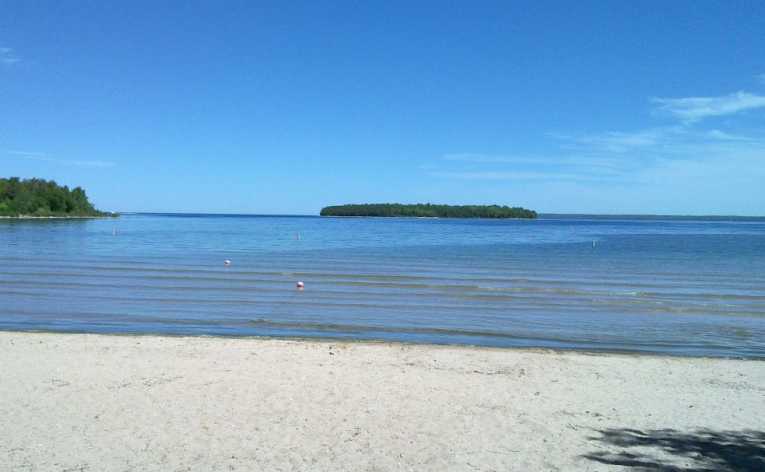The rich waters of the oceans surrounding Tasmania are to be monitored by a new state-of-the-art system, including autonomous undersea robotic vehicles, as scientists work to gather more information about this remarkable aquatic region.
The new system for monitoring and observing the waters around the island is coming from the new Australian Integrated Observing System (IMOS) launched by the Commonwealth Scientific and Industrial Research Organisation (CSIRO) this month.
The waters around Tasmania are particularly complex, with a number of small islands, undersea canyons and seamounts. Researchers also believe the waters offer an insight into the environmental changes and challenges facing other Australasian waters.
In 2009, a joint mission between CSIRO and the Woods Hole Oceanographic Institution. A deep sea autonomous vehicle, dubbed Jason, explored deep into the Tasman Fracture (a 3-mile deep trench beneath the Southern Ocean. The team were able to observe a number of previously unseen species of deep-sea fauna including sea spiders and giant sponges. The most unusual was perhaps the Carnivorous Sea Squirt, which traps it's prey like an underwater venus fly trap.
The new observing system, dubbed TasIMOS, will include: a reference station (the Maria Island National Reference Station, acoustic receivers to monitor the presence of a variety of tagged marine life, satellite data regarding ocean conditions and autonomous vehicles which wll gther a range of data on water properties and the condition of the seabed.
The TasIMOS data will be analysed by scientists studying the region and, it is hoped, will allow the oceans around Tasmania to be well managed and protected in the future. In a statement to the press Dr Peter Thompson of CSIRO explained the role of the new project: ''Scientific assessments of the current state of valuable marine resources, and of likely future states of resources, will be dramatically improved.''
The waters around Tasmania are particularly complex, with a number of small islands, undersea canyons and seamounts. Researchers also believe the waters offer an insight into the environmental changes and challenges facing other Australasian waters.
Data gathered via the system has already revealed that the temperature of the Tasman Sea is warming at faster rate than anywhere else in the world. Further studies will hopefully reveal why this is the case and how it might effect the marine environment.










